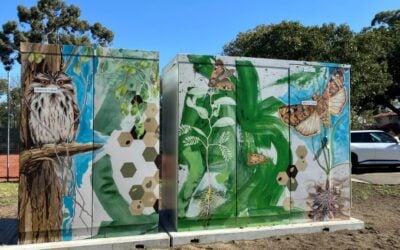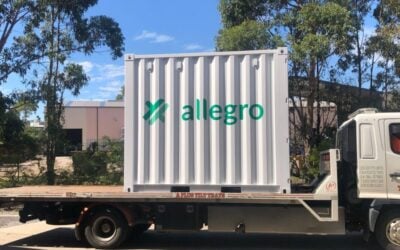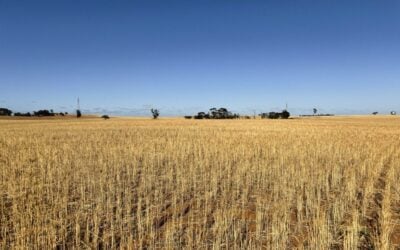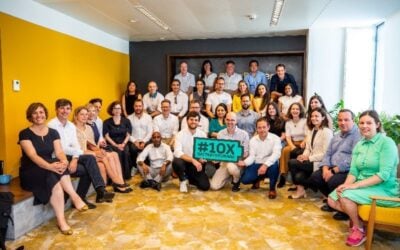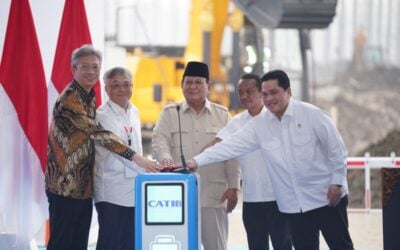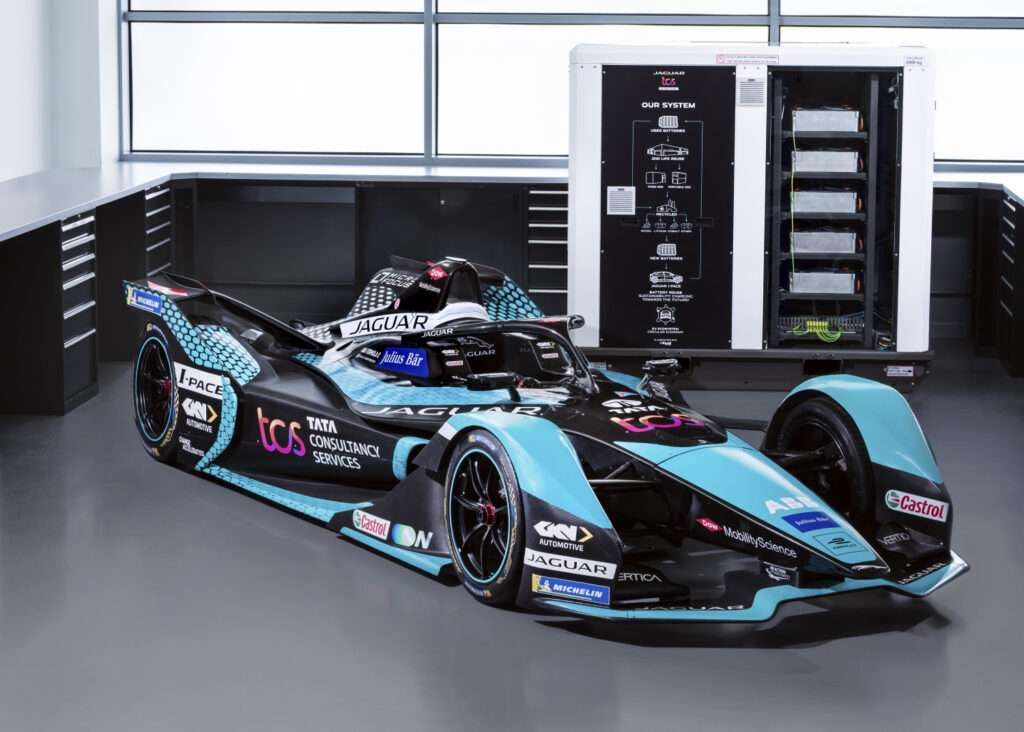
Jaguar Land Rover is developing an energy storage system (ESS) unit using second life batteries from its electric vehicles.
It has launched the Off Grid Battery Energy Storage System (ESS) in partnership with power application supplier Pramac. The ESS uses lithium-ion nickel-manganese-cobalt (NMC) battery cells batteries used in prototype and engineering test Jaguar I-PACE vehicles, its first electric SUV.
Enjoy 12 months of exclusive analysis
- Regular insight and analysis of the industry’s biggest developments
- In-depth interviews with the industry’s leading figures
- Annual digital subscription to the PV Tech Power journal
- Discounts on Solar Media’s portfolio of events, in-person and virtual
A spokesperson for Jaguar Land Rover tells Energy-storage.news that all of the batteries in the ESS developed by Pramac are made from second-life I-PACE batteries.
The flagship system has a capacity of up to 125KWh, can be portable or fixed, and is charged from solar panels. Its battery system is linked to bi-directional converter and the associated control management systems. It has Type 2 EV charge connections with dynamic control and up to 22kW AC, and is available B2C and B2B.
Pramac is able to use up to 85% of the Jaguar I-PACE’s battery components, including modules and wiring, and the remainder are recycled back into the supply chain. The ESS has been used by the Jaguar TCS Racing team during race car testing and will also be deployed at a customer experience centre in South Africa to mitigate against power outages.
It is the company’s first step in creating circular economy business models as part of its ambition to reach net zero by 2039 and is several years in the making. Research on whether its I-PACE batteries could be used in domestic applications was first announced back in 2017, as reported in Energy-storage.news‘ sister site Current.
The European Union is pushing for higher recycled content in batteries through legislation and automative companies have made similar moves to Jaguar’s. Used lithium-ion batteries from Audi’s EVs were recently used in a 4.5MWh BESS at a pumped hydro plant in Germany. Hyundai is developing a BESS product using second life EV batteries in partnership with solar developer OCI Solar Power and Texan utility CPS Energy, with testing scheduled for September 2022.
Energy-storage.news recently featured a guest blog from Matthew Lumsden, CEO at Connected Energy, which specialises in using second life EV batteries, which argued that designing batteries to be used should be a priority for industry, alongside designing for recycling at end-of-life.

